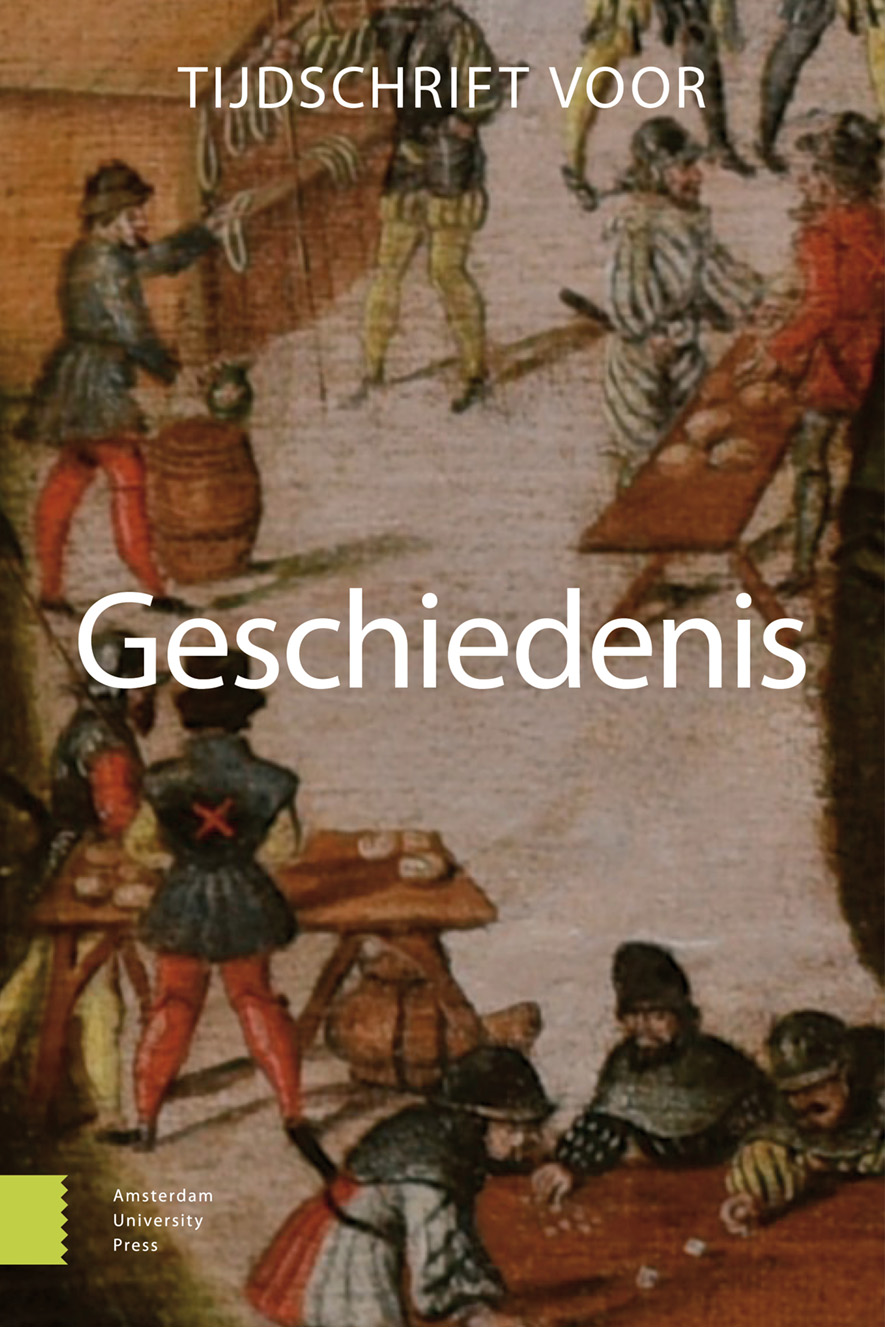-
oa Historische roman en nationale romantiek in Nederland, 1790-1899
- Amsterdam University Press
- Source: Tijdschrift voor Geschiedenis, Volume 128, Issue 4, Dec 2015, p. 599 - 622
Abstract
The historical novel and national romanticism in the Netherlands, 1790-1899
According to Joep Leerssen ‘national romanticism’ is defined by the artist’s goal (a national political cause) and his means (inspiration is found in the past and present of the nation). This movement spread rapidly through Europe between 1820 and 1870, and Leerssen considers the ‘long tail’ and ‘the banal’ of ‘national romanticism’ mainly as phenomena of the twentieth century. As the history of national romanticism and the historical novel seem inseparable, this article compares Leerssen’s definition and periodization with data on the historical novels that appeared in the Netherlands between 1790 and 1899. The data affirms Leerssen’s periodization, but only with respect to the leading (protestant bourgeois) cultural class. An examination of all historical novels in the period 1790-1899 shows that the historical novel as consumer art was not restricted to the ‘the long tail’ and that around 1870 a Catholic form of national romanticism came into being. In a nutshell, the history of the historical novel in the nineteenth century reflects fundamental changes in Dutch political ideals in the same period: from homogeneous nation state to ‘unity in diversity’.


